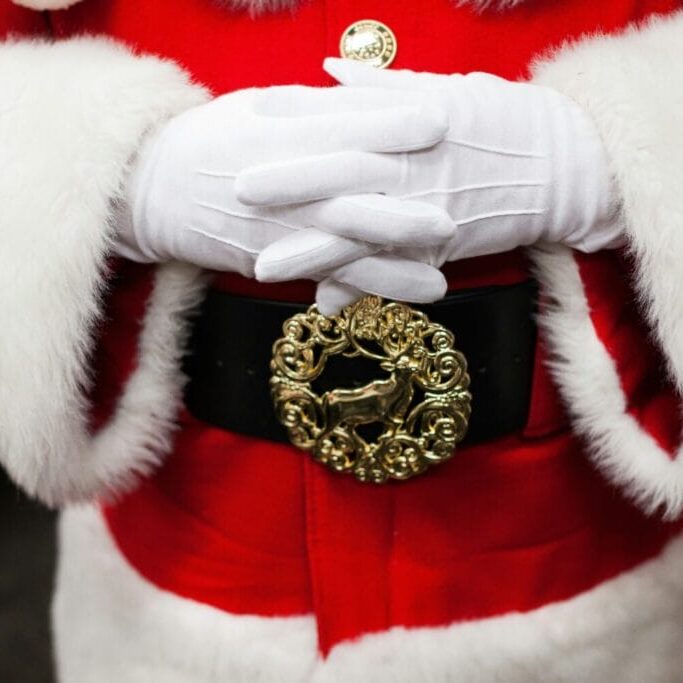
As the frosty autumn air becomes scented with peppermint and cocoa, the stage is set for Santa Claus to reign again. The face of consumerism and child-like joy, the tale of the little old man in a red coat is retold every year. But is it a story of magic or a well-intentioned deception? Beneath the twinkling eyes and merry laughter, there lies an uncomfortable truth: the myth of Santa Claus is, at its core, a lie.
Trust that melts faster than Frosty
For generations and around the world, Santa Claus has been the cornerstone of many children’s Christmases; a figure who promises children a reward for good behaviour and inspires yearly traditions steeped in joy. Although the idea of a jolly red-suited man coming down your chimney to deliver magical presents can seem believable as a child, many soon start to notice the holes in the story. The wonder and joy around Santa is undeniable, but when the illusion is shattered — whether by a friend on the playground, the internet or one’s own self-discovery — the damage is irreparable.
What was once an unquestionable, cherished belief becomes a point of confusion, even hurt. Children begin to question more than just the bearded man in his sleigh of secrets. If we’re taught relationships must be built on trust, Santa’s story leaves a complicated legacy. Children may wonder, “If Santa isn’t real, what else have I been told that isn’t true?” Although the moment of disillusionment is often seen as maturing, is it worth the cost of your child’s trust?
Belief beyond reason
Children are encouraged to embrace the impossible: a man who can travel the world in a single night, fitting down chimneys and delivering presents to every good child. This requires a suspension of disbelief. But as we grow older, the questions begin to mount — how can one person visit millions of homes in one night? How does Santa keep his sleigh airborne with reindeer? These are not just questions of curiosity, but of logic. Believing in Santa becomes a test of childhood innocence where one is expected to trust in something that defies the laws of nature.
However, when the illusion is revealed, it can leave a lingering sense of confusion. What are we teaching children by asking them to believe in something so implausible, only to later learn it was a fabrication? It’s not just Santa’s sleigh that doesn’t add up — there are deeper implications of instilling a belief in something that requires blind faith.
Materialism and consumerism stuffed in a stocking
Santa Claus’s story has always been tied to both consumerism and materialism. Since the 1920s, Santa has been the face of Coca-Cola in December, cementing his place as not just a holiday icon, but also a key figure in global marketing. The iconic image of Santa sipping a bottle of Coke, originally designed by Haddon Sundblom, directly associates the holiday season with consumption of a product instead of traditions and family.
This character also encourages materialism in children; writing wish lists to the man every year in hopes of receiving presents under the tree on Christmas morning. Santa, with his magical ability to fulfil children’s requests, becomes the ultimate figure of materialistic desires. So, the ritual of eagerly penning lists of brand-new toys, gadgets and treats transforms the holiday into a quest for material rewards. Children are taught to measure the success of the holidays by what they receive, not by the acts of kindness or the joy of togetherness the holiday can offer.
Is it really that serious?
No, it’s not. At the end of the day, the story of Santa Claus is just that — a story. It’s a tradition that brings joy and magic to the holiday season. There’s a reason it has stood the test of time. While there are valid concerns about materialism and the eventual disillusionment that can come with realizing Santa isn’t real, the overall impact of this holiday myth isn’t catastrophic. So, why not put out a plate of cookies on Christmas Eve?






